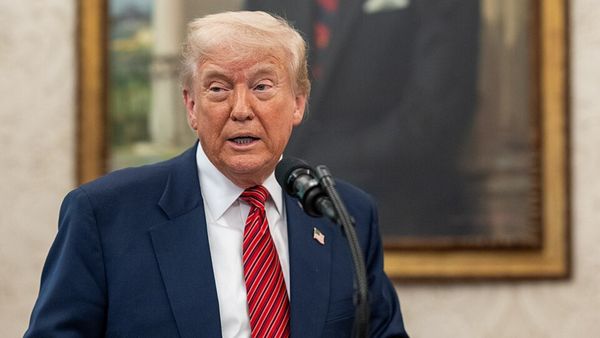
Earlier this month, McDonald’s made headlines for its decision to quit the influential National Restaurant Association (NRA) over disputes regarding the current minimum wage.
For its part, the red-and-yellow fast-food brand indicated that it believed all food service workers should be paid at — or above — the current federal minimum wage of $7.25. Currently, as The New York Post outlined, the tipped minimum wage is just $2.13 per hour — giving McDonald’s a distinct disadvantage versus sit-down eateries where lower labor costs are the currently the standard.
See Next: 7 McDonald’s Toys Worth Way More Today
Read This: 5 Cities You Need To Consider If You're Retiring in 2025
McDonald’s CEO Chris Kempczinski told CNBC that everyone should be at least the federal minimum wage. Kempczinski added that the problem with exempting tips from taxes is that it mainly helps restaurants where tipping is common. At McDonald’s, tipping isn’t part of their system, so they don’t receive any of that tax relief.
The issue was further intensified by President Donald Trump’s introduction of a federal income tax deduction of up to $25,000 on reported tips, as NRN detailed, which the NRA hailed as a move which would “benefit our workforce.” Below is how McDonald’s fight against tips could impact your wallet.
You May Be Expected To Pay More
Concerning the question of whether a hypothetical increase to the minimum wage — as a direct or indirect result of McDonald’s lobbying — might impact your wallet, sources provide historical context, using California’s recent bump in fast-food minimum wages from $16 to $20 in 2024.
According to the Institute for Research on Labor and Employment at U.C. Berkeley, prices increased by about 1.5%, but The Wall Street Journal reported increases of between 6% (at Chipotle) to 13% (on certain Chick-fil-A menu items) as of April of that year.
For You: 8 Smart Ways Frugal People Are Living Like There’s Already a Recession
That $4 hike is still lesser and proportionally much more so, than the $5.12 hypothetical wage hike (an increase of 240% versus a 25% increase in the California example, so, resulting menu price increases may be outsized if adoption of the federal minimum wage standard were to be instantly applied to fast casual and family restaurants currently operating under the $2.13-plus-tips model.
Regardless, the average patron could reasonably expect to pay more for their dining experience should labor costs increase. The answer to the question of how much more remains contested.
And while those who did retain their jobs in fast food saw wage growth as a result of the minimum wage hike in The Golden State, job losses were also present. Per an analysis conducted by the National Bureau of Economic Research, employment in that sector declined by 2.7% from September 2023, when the raise was enacted and September 2024 — “A loss of 18,000 jobs in California’s fast food sector relative to the counterfactual,” according to the study.
So for restaurant workers themselves, this could have direct and unpredictable results on their own finances — whether from increased base wages, eliminated tip income or the loss of one’s job entirely.
More From GOBankingRates
- 9 Costco Items Retirees Need To Buy Ahead of Fall
- Mark Cuban Reveals His Formula for Side Hustle Success
- Here's the Minimum Salary Required To Be Considered Upper Class in 2025
- These Cars May Seem Expensive, but They Rarely Need Repairs
This article originally appeared on GOBankingRates.com: How McDonald’s Fight Against Tips Could Affect Your Wallet







